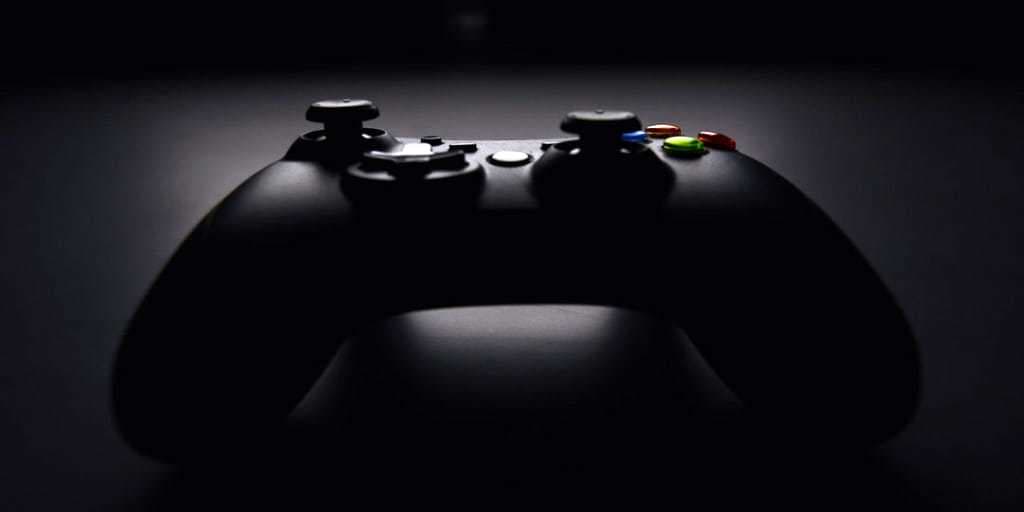- “Gaming disorder is characterized by a pattern of persistent or recurrent gaming behaviour…” manifested by:
“impaired control over gaming”
- “increasing priority given to gaming to the extent that gaming takes precedence over other life interests and daily activities”
- “continuation or escalation of gaming despite the occurrence of negative consequences.”
All three of the symptoms must be severe, so they “result in significant impairment in personal, family, social, educational, occupational or other important areas of functioning.” Also, the pattern of behaviour should be “normally evident over a period of at least 12 months in order for a diagnosis to be assigned”.
As you can tell from the criteria above. To fall into this category of “gaming disorder” (they don’t use the term “gaming addiction”) you have to be on the extreme end of the behaviour spectrum. This will apply to a tiny proportion of the population.
It’s also worth noting that this is in the addictive behaviours category, rather than the neighbouring substance use category. This signposts the difference between video game addictive behaviour and addictive substances like alcohol, nicotine and caffeine. The level of dopamine provided by a video game is on par with eating a pizza rather than these other addictive substances.
While there is controversy and disagreement over the scientific basis for the inclusion of the new gaming disorder in the WHO criteria, if viewed accurately it can be a helpful distinguisher between children who like to play games too much and those who show clinical addictive behaviour. Importantly, this enables parents to consider the wider causes of behaviour and seek appropriate help.
Parenting not medicalising
While the extreme diagnosis of gaming disorder is unlikely to apply to your child, it does offer helpful language to identify when children stray from enjoyment and avid gaming into less healthy patterns. While children who won’t stop playing when it’s dinner time are certainly not suffering from a disorder, they are more likely over excited about new friendships and adventures, parents should keep an eye on any child who neglects relationships, exercise, school work and personal hygiene in favour of playing games.
But care is needed to ensure we best serve children here. There is a danger, with such scary and specific talk about video games disorder, that parents too quickly assume that children’s gaming habits are a medical rather than a parenting problem. Reading alarming headlines, it’s easy to confuse over-zealous enthusiasm and avid enjoyment with a clinical disorder. We need to use these extreme labels carefully so as not to trivialise other mental health issues.
Rather than seeking professional medical help for a child who plays games too much, it’s better to engage with and guide their gaming. This enables you to understand if there is anything else in their lives concerning them, that is simply surfacing when they are playing. There’s no better medicine to reestablish balance in your child’s life than your presence and the shared understanding that generates.
The power of play
Play together and actively find a diverse variety of games for your child to enjoy. This approach, particularly if started at an early age, will keep gaming safe and sensible for the vast majority of youngsters.
Play games yourself to experience them first hand. This not only grants you access to the imaginative and creative worlds your children enjoy but enables you to understand why they might not want to stop playing.
Make time to talk about video games with your child. The world of their favourite video game is not only the game itself but the community of other players, the online research and streamed videos they watch.
Play is a powerful positive force in your child’s life. Situating video gameplay as part of family life enables children to value them alongside other activity rather than something separate that draws them away from the family.
Temporary limits
Where gaming time has become a problem introducing automatic limits can give you and your child breathing space to restore balance. These should not be seen as a long term solution as it’s important that children learn to mediate their own gaming time without parental policing, so they have healthy habits.
You can use settings on your gaming console, smartphone and tablets. There are also settings to limit online play on most internet routers. You can use a device like Circle which enables you to control multiple devices via one simple app.
However, you achieve this, use it as an opportunity to talk about appropriate playtime with your child. Setting limits together, with their input, is a good step towards them taking responsibility for how they want to spend their time. It also means that when the time runs out and the system automatically pauses, it’s a limit they accept and understand.
Professional help
If these steps don’t help and you continue to identify your child as falling into the WHO criteria for gaming disorder it’s important to get professional help. Googling “gaming disorder” or “gaming addiction” will soon reveal websites and organisations looking to attract business from worried parents. There are a growing number of these specialist gaming addiction services that are expensive and lack a breadth of clinical expertise.
It’s important that you find professional help that is both holistic and has empirically valid treatments. While game addiction clinics, Facebook groups, detox camps and parent networks enthusiastically offer help, the danger is that focusing solely on gaming habits may mask other issues.
The best action to take is to see your GP who can give appropriate medical advice. This may be to identify gaming disorder as stipulated by WHO, but equally may identify other pre-existing issues as the actual cause of the effects you see in your child’s gaming.
Resources for support
For support and further information about healthy gaming, the following resources I either contribute to or families have found useful:





